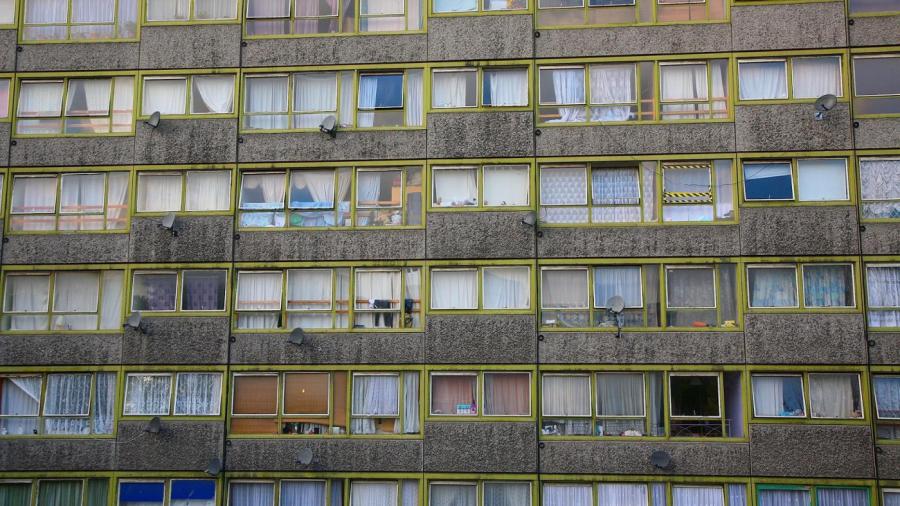What Are the Differences Between Section 8 and HUD Housing?

The Section 8 program provides rental subsidies to low-income families, while the HUD housing program provides government-owed homes to low-income families at discounted rental rates. The Section 8 program awards rental vouchers to program participants, while HUD public housing is available to families and individuals who meet HUD’s selection criteria.
The major difference between HUD housing and the Section 8 housing programs is that those accepted into the Section 8 program rent from private landlords, and a portion of their rent is covered by the Section 8 program, while those accepted into the HUD program pay subsidized rent for properties owned by public housing authorities.
To qualify for public housing, applicants must fall within HUD’s income limits of 50 to 80 percent of the median income for the metropolitan area surrounding a public housing community. As income limits vary in different locations, families and individuals may qualify for housing in one area but not qualify for housing in another area. Applications for public housing must be submitted to the public housing authority in the city where an individual wishes to live.
Those in the Section 8 program must find a home or apartment on the private rental market. Section 8 program participants may be required to pay up to 40 percent of their rent if rental costs are more than a housing voucher will cover. Those wishing to apply for the Section 8 program may do so through any municipality that runs a Section 8 program.





